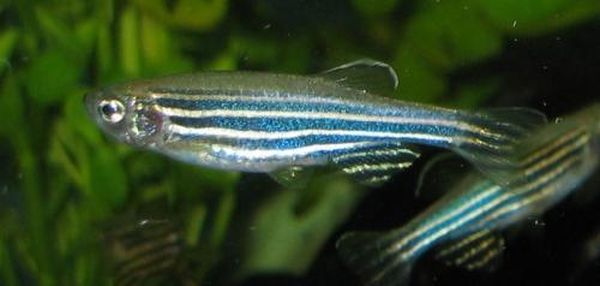If you’ve ever seen a chameleon or at least watched a program on the telly about these amazing creatures, you’ve no doubt always harbored a wish that you could camouflage yourself to blend in with your surroundings. Well, it looks like the day isn’t far off when you might be able to do just that. The University of Bristol’s ingenious researchers have claimed to have developed artificial muscles that are transformable and ape the camouflage abilities of creatures like zebrafish and squids.

The new technology could be applied in smart clothing which could turn wearers into camouflaged beings. Dr Jonathan Rossiter is the lead author of the experiment and said that the study was conducted after drawing inspiration from nature’s camouflage masters. The artificial muscles are soft and stretchy and are based on what’s known as chromatophores. These specialist cells are found in cephalopods, amphibians, fish and reptiles. The cells contain pigments that allow the creatures to change their colors.
The researchers developed two types of artificial chromatophores based on mechanisms adopted by squids and zebrafish. The squid’s color changing cell contains a central sac that has granules of pigment. It’s surrounded by muscles and when it’s ready to change its color, the brain signals the muscles which contract. The muscles then expand the central sac to create an effect that makes the squid seem like it’s changing its color.
The cells in zebrafish, on the other hand, contain a reservoir of black pigment. When activated, it travels to the fish’s skin surface and spreads. The natural dark spots of the zebrafish’s skin then appear to become bigger, transforming its appearance.
To mimic the squid’s ability, the researchers used smart materials called dielectric elastomers and connected them to an electrical circuit. When voltage is applied, the dielectric elastomers expand. For the zebrafish’s ability, the boffins used glass microscope slides to sandwich a layer of silicone. Pumps made from dielectric elastomers were placed on either side of the slide and connected to a central system through two silicone tubes, one containing opaque white spirit and the other a blend of water and black ink.
Via: Bris




